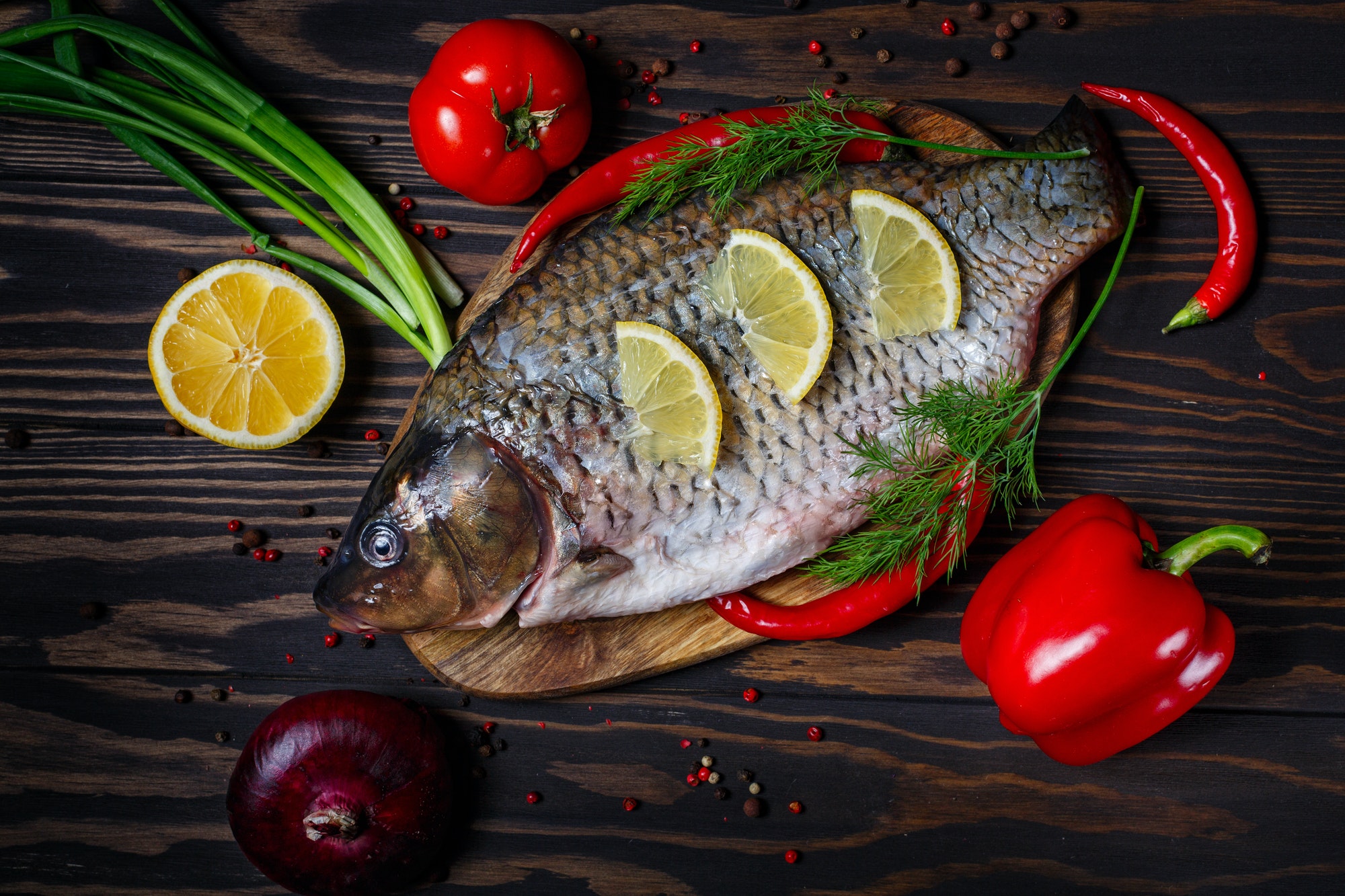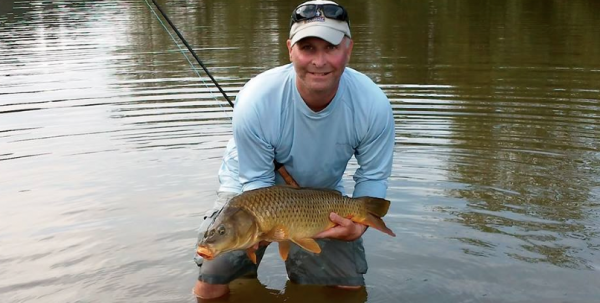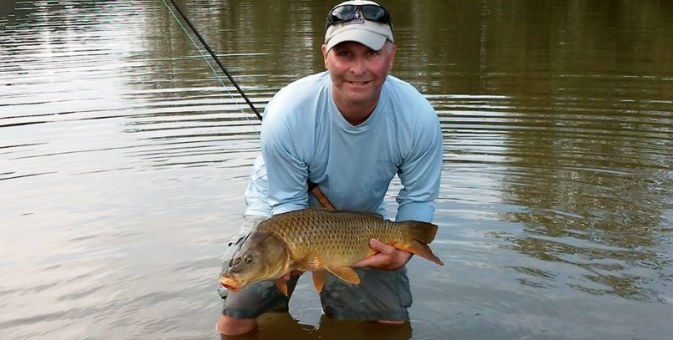
Carp fish with fresh vegetables
Georgia on his mind…
By Skip Clement
[dropcap]H[/dropcap]enry Cowen learned to fly fish under the world-famous Verrazano Bridge in New York. The bridge, completed in 1964, was a modern marvel spanning 4,260-feet – then, the longest suspension bridge in the world. It connects Brooklyn and Staten Island.
In New York, Henry’s predilection to fish was seasonally limited in a setting that was dramatic because of the bridge. However, it was less than an idyllic. Up-close and personal, high density coastal urban living has environmental influences that cannot be improved on by photo genius. But Henry says when the bluefish were schooling and stripers were surface feeding, it was a blast.
A fly angler’s gold mine?
When Henry went on a vacation in the Peach State, a genie was unleashed that titillated his angling affliction. Cowan soon realized he could fish for brook trout, brown trout, rainbow trout, carp; smallmouth, largemouth and spotted bass along with land locked stripers, white bass and hybrid stripers, and do it almost 12 months of the year. His venues included 4000 miles of Appalachian Mountain rivers, tailwaters, and streams along with a multitude of man-made lakes and ponds, as well as, navigable inland rivers that emptied into the Atlantic Ocean.
Henry also found that a trip to Georgia’s Atlantic marsh-rich coast was teeming with redfish (protected as game fish only), and seasonally a near shore and offshore count of blues, tarpon, tripletail, cobia, sea trout, dolphinfish, mackerels and more. Georgia, Henry says is a fly angler’s mother-lode.
Carpin’ Cowen style:
First, the finding
The first task when angling for anything is finding where they live, where they go and when, spawning habits – all of which is true of carp.
 Carp distribution is widespread throughout the 48, northern Mexico and southern Canada and the ‘finding’ task is not too difficult. Think fresh water, shallow water, still water, gently flowing rivers with flats, and ponds.
Carp distribution is widespread throughout the 48, northern Mexico and southern Canada and the ‘finding’ task is not too difficult. Think fresh water, shallow water, still water, gently flowing rivers with flats, and ponds.
Second, animal clues and modus operandi: Cratering, Windless Flats, Tailing, Mudding & Bubbling, Crawling, Crossing
- Craters are tea cup size depressions that can be found uniformly covering mud and sand flats bottoms. They are caused by carp sucking in, filtering that intake and then discarding all but the intended food source. While it may not be a sign that they are there, but it that they were, and that they may be nearby.
- A windless flat observed, not hurried over or trudged through, will reveal the smallest wakes. Wakes on shallow water flat will generally spell carp.
- Tailing anything offers a great shot at whomever that animal may be (redfish, bonefish, carp). Tailing always occurs in shallow water and always indicates ‘in a feeding mood.’ Carp are vulnerable while tailing – think not paying attention.
- Observed Mudding & Bubbling again indicates the presence of carp. The slightest flow will give away a carp’s heading.
- Crawler are stop and go animals and very difficult to encourage to bite. Angling for these creatures requires luck since guessing at an intercept is a coin flip, but never one to turn down.
- Crossing, another Cowan term, is the parallel of bonefish on the same mission – get to point ‘B’ from ‘A’. Rarely will a fly, even bait, distract either, but again, never turn an opportunity down.
Lastly, away from thinking the way of the party line
Long held, and rightfully so, were that new space age materials constantly changed the outcome of fly rod builds and performance. That lasted until recently, then ad words became the science of rod building; Lefty Kreh said it was hard to find a “bad” fly rod; fly rods started costing two times a Blue Ridge Mountain guide’s fee and tip, and just recently, ‘FISHING’ fly rods started ousting ‘CASTING’ fly rods – and the difference has turned out to be huge.
Henry believes the performance of a fly rod rests not just with the angler, but more with the fly line and rigging combo
Cowen’s suggested armament for engaging carp, Atlanta animals, starts with an 8-weight. His expectations there would be for up to 20-pounders, but more likely in the teens class. He keeps the fly line choice simple by using RIO’s Redfish Floating with a short head. He keeps his fluorocarbon leaders at 9- to 10-feet in length. His flies are long-ish at 1 1/2- to 1 3/4 inches in length. You can go to Salt Water Fly Tyers.com for the best flies for carpin’ anywhere. You can also visit Henry Cowen here . . . to learn more about flies and angling for carp.







